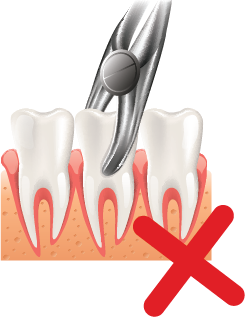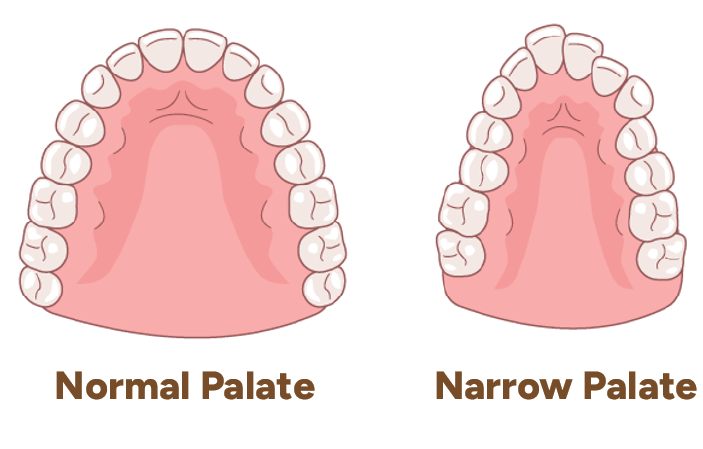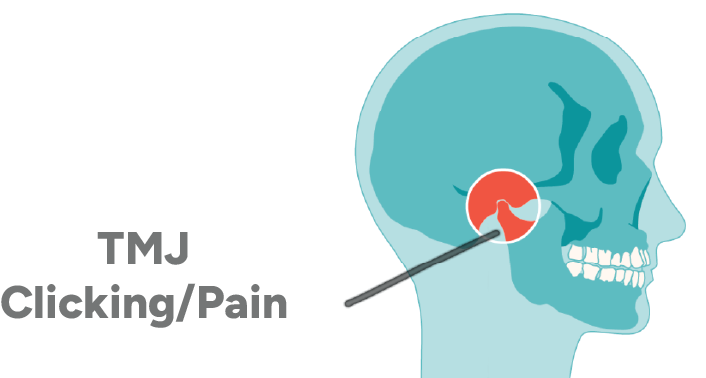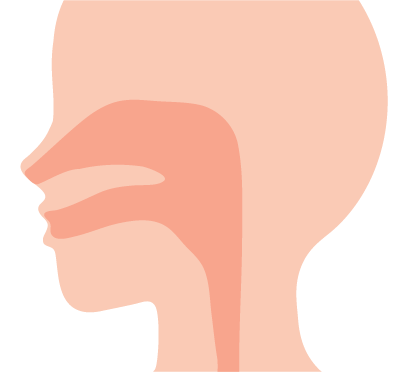
At Face Focused Orthodontics, we believe in preserving or enhancing the natural structure of the teeth and jaws whenever possible. One of the most common practices in orthodontics has been to extract permanent teeth to make space for alignment. While this might seem like a straightforward solution, it can lead to long-term consequences that affect not only your dental health but also the structure of your jaw and even your airway.

Narrowing of the dental arches: As space is closed after extractions, the arch becomes smaller, which can reduce the amount of space available for the tongue and airway. A smaller airway can contribute to issues like obstructive sleep apnea, poor breathing habits, and even long-term breathing problems, particularly during sleep.
Increased risk of TMJ disorders: Changes in jaw alignment can lead to problems with the temporomandibular joint (TMJ), causing discomfort and pain.


Potential for sleep-disordered breathing: As mentioned, a smaller airway can lead to conditions such as sleep apnea, which may affect overall health and quality of life. The connection between airway health and orthodontics is increasingly being recognized as critical to your overall well-being. That’s why avoiding unnecessary extractions is a priority in our practice, especially when considering the potential lifelong impacts on the patient’s airway and breathing.
1. Sunken Facial Appearance
As the dental arches narrow, it can create the appearance of a more sunken or “collapsed” midface. When the upper teeth and jaw are positioned too far back, it diminishes the natural support provided to the lips and cheeks. This can cause the face to look flatter, with less fullness in the middle third of the face, leading to an older or less vibrant appearance. The prominence of the cheekbones may also appear reduced, contributing to a less defined facial profile.
2. Flat or Retruded Profile
Extractions and subsequent retraction can have a noticeable effect on the profile of the face. With teeth being moved backward, the lips often lose their natural support and may appear to be set back. This can result in a flatter profile, with the chin or nose appearing more prominent in comparison. The face may lack the natural forward projection that contributes to a balanced and aesthetically pleasing facial appearance.
3. Narrow Smile
A narrower dental arch following extractions may result in a smile that shows fewer teeth. Instead of a wide, broad smile, patients may exhibit a narrower smile with less of their teeth visible when they smile naturally. This can make the smile look less full and, in some cases, less attractive, as broad, even smiles are generally seen as more aesthetically appealing.
4. Functional Changes
In addition to aesthetic concerns, altering the facial structure through extractions can also impact the function of the jaw and teeth. A retracted jaw position can affect how the upper and lower teeth come together, leading to a less ideal bite. In severe cases, this can contribute to problems with chewing, speaking, and overall jaw function. Over time, patients may experience discomfort or pain in the jaw joints, leading to issues such as temporomandibular joint (TMJ) disorders.
5. Posture and Airway Effects
The position of the jaws plays a crucial role in overall head posture and airway health. A retruded jaw position may contribute to a forward head posture as the body compensates for the altered structure, potentially leading to neck and back strain. More critically, a reduced jaw size and retraction of the teeth can narrow the airway, increasing the risk of sleep-disordered breathing conditions such as obstructive sleep apnea (OSA). When the airway is compromised, it can have wide-ranging effects on sleep quality, energy levels, and overall health.